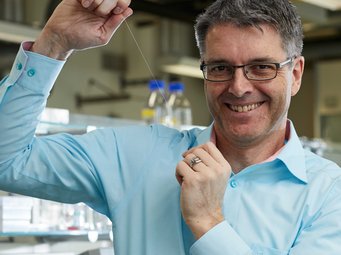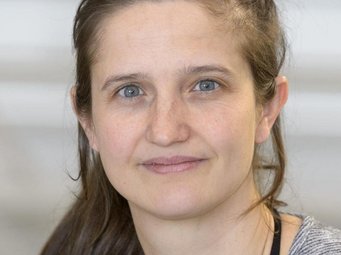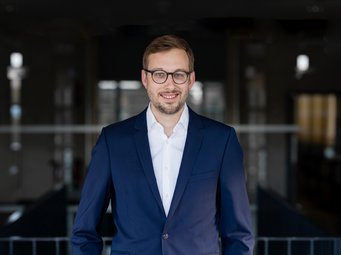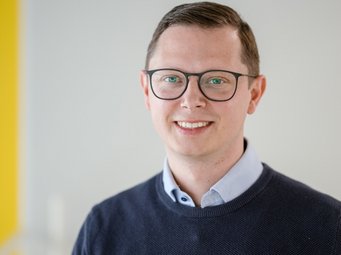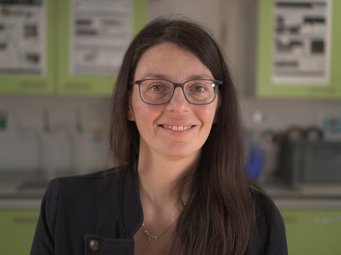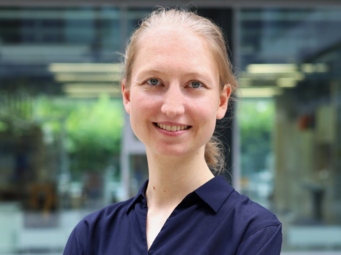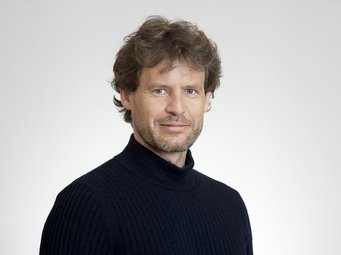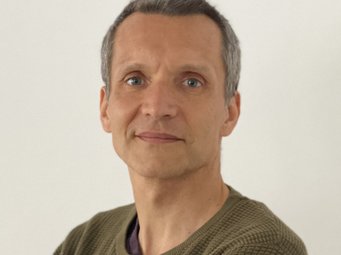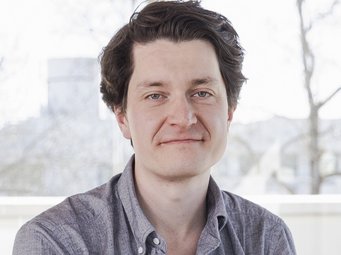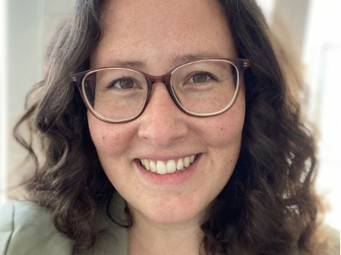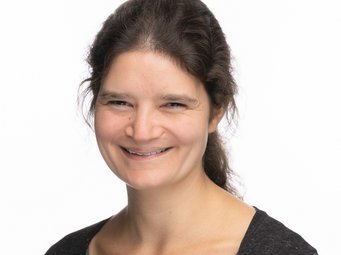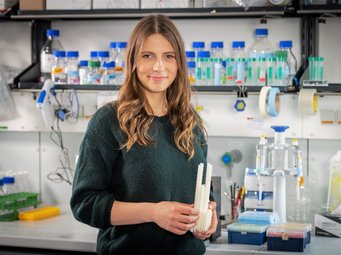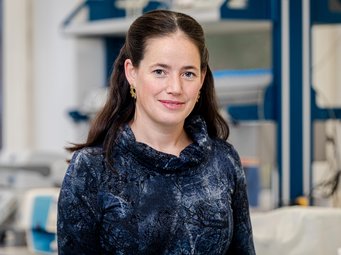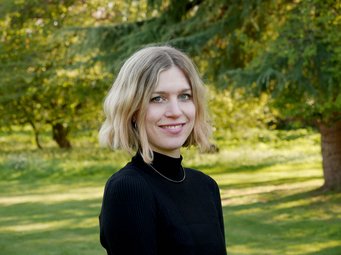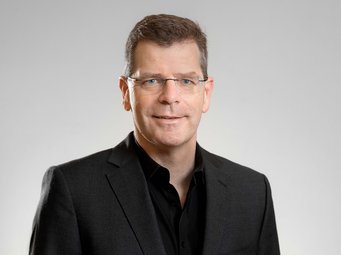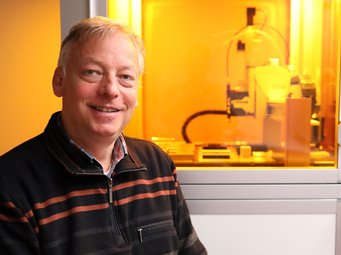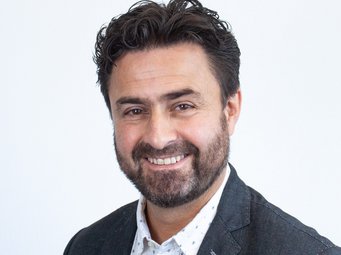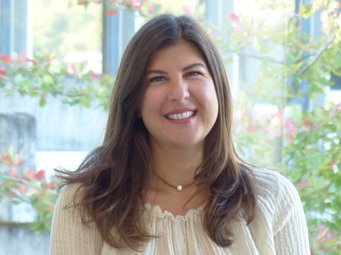Matter to Life Welcomes 18 New Fellows
Get a glimpse into the research of our new faculty members
Starting in October, there will be 18 new MtL Fellows, creating 18 new opportunities for our PhD candidates to pursue exciting research projects! The Fellows will engage in roles as supervisors, educators, and mentors for Matter to Life PhD Candidates. Along with the Fellows, three new universities— the Friedrich-Alexander-Universität Erlangen-Nürnberg (FAU), the University of Münster and the University of Düsseldorf—and two renowned research institutions—the EMBL in Heidelberg and the Leibniz Institute for New Materials (INM) in Saarbrücken—will join the network.
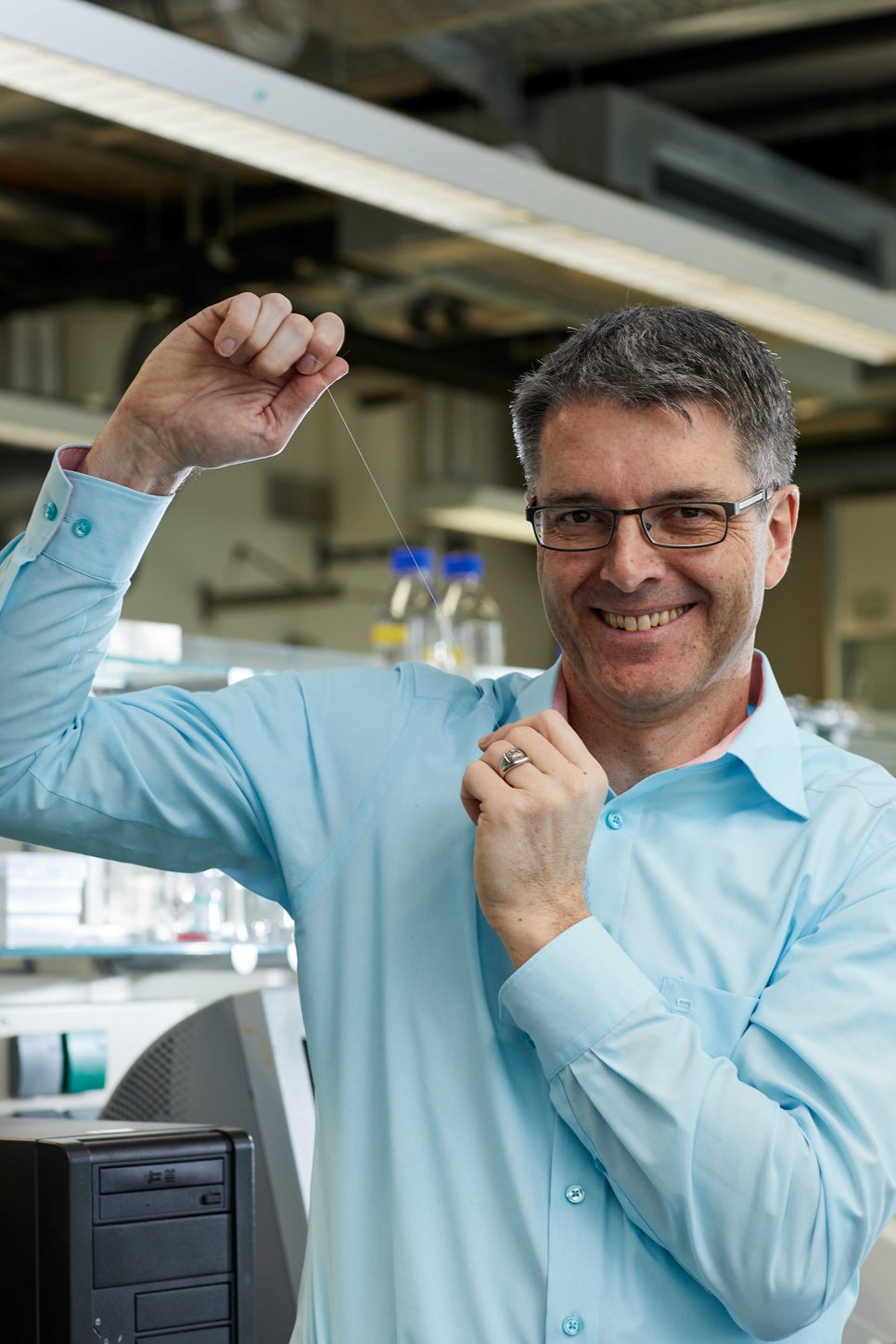
My research focuses on the orchestration of the interaction of cells, biological building blocks and synthetic materials, all of which are regarded as equal and interacting and evolving components of a to-be-developed biomaterials matrix. The functional conversion of such biomaterials matrices is a central tenet of the approach exceeding contemporary research strategies in biomaterials and tissue engineering. We also functionally hybridize cells and biomaterials where changes in biomaterials affect cells and cellular changes affect biomaterials in a dynamic, but controllable symbiotic manner. The approach embraces the complexity of converting biology into synthetic materials to implement new ways of mutual feedback between cells and materials based on self-regulatory functions. It will further create biologically functional tissue analogues that serve as in vitro models for the study of tissue failure, as animal-free models for drug testing, and as therapeutical options for biomedical applications.
Visit Thomas' website to find out more!
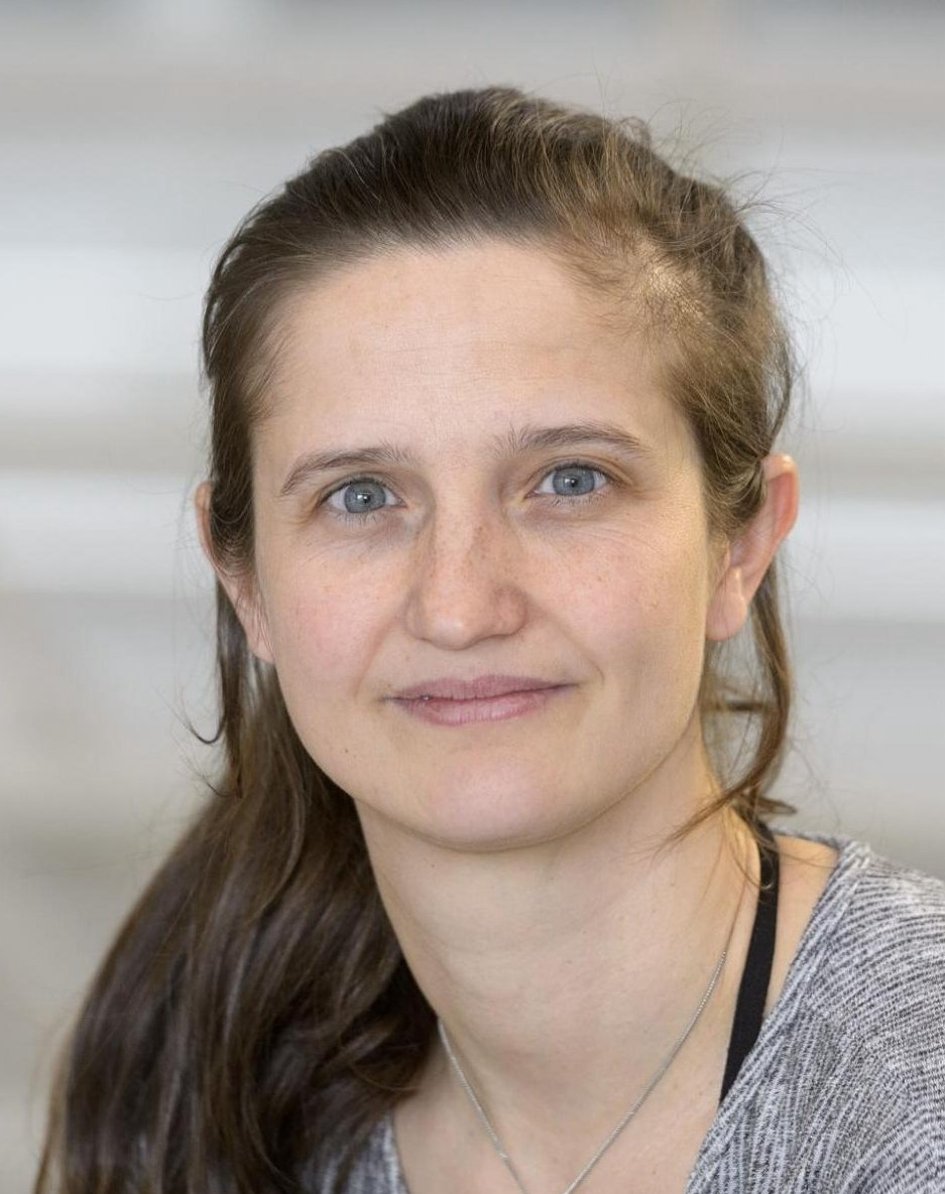
My work focuses on the question of how the cytoskeleton steers the behaviour of living cells. We study how cells migrate and search, how tumour cells adhere and form metastases, and how cells interact with each other or the surrounding matrix. In addition to actin, we also study microtubules and intermediate filaments.
Visit Franziska's website to find out more!
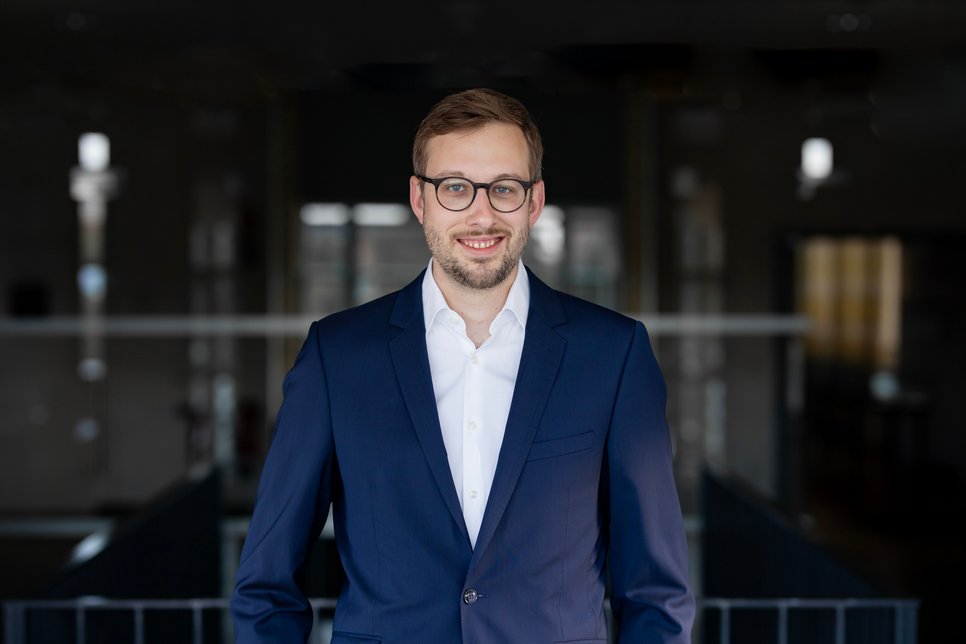
Our group develops small molecules that rewire cancer-specific signaling pathways into potent triggers of self-destruction. Building on protein-protein proximity as a unifying biophysical regulatory principle, we design molecules that induce new protein-protein interactions to precisely and predictably reprogram cancer cells and unlock new therapeutic strategies. Our primary focus lies on the activation of pro-apoptotic gene expression through the reprogramming of oncogenic transcription factors.
Visit Roman’s website to find out more!
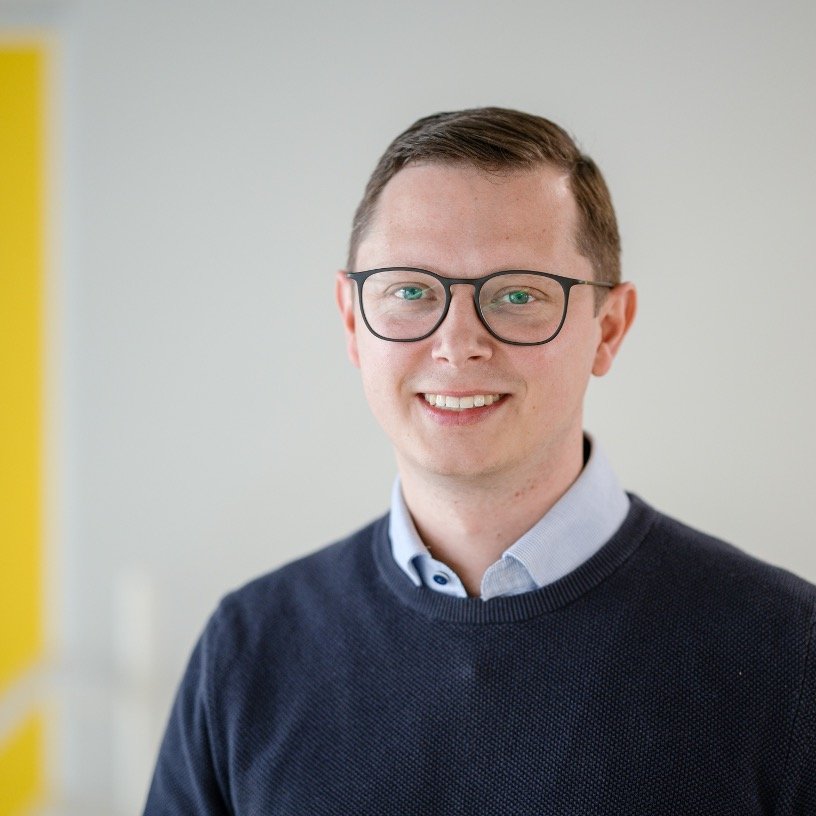
My lab pioneers the development of synthetic cellular platforms to advance cancer immunology, with the goal of reconstructing the human immune system from the bottom up. With this, we aim to obtain entirely new insights into mechanisms of cancer immune evasion. We engineer functional replicas of human lymphatic tissues, such as lymph nodes, and develop complete mimetics of the complex tumor–immune microenvironment. By integrating biophysical approaches in synthetic cell engineering with cutting‑edge 3D cultures and multi‑omics technologies, we aim to unravel how cancer cells evade the immune system and ultimately inform the design of more effective immunotherapies.
Visit Oskar’s website to find out more!
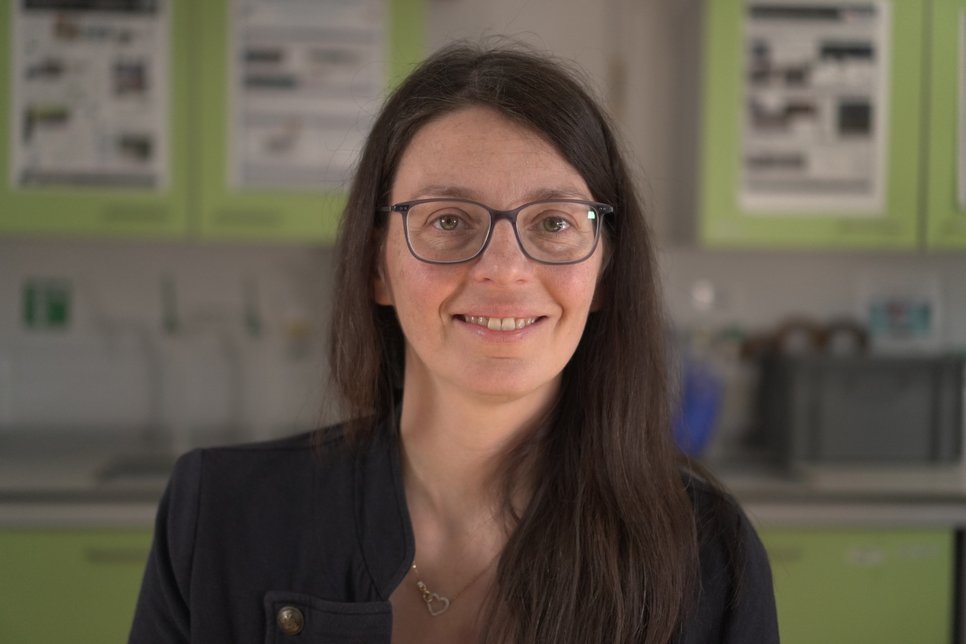
We are tackling research questions at the interface of chemistry, soft-matter physics, optics, and biology. Our studies focus on how natural materials are assembled into complex architectures within living organism and how these architectures define their response. We believe that, by understanding the design principles found in nature, it is possible to fabricate a novel class of truly sustainable functional materials using only natural resources and ambient conditions.
Visit Silvia’s website to find out more!
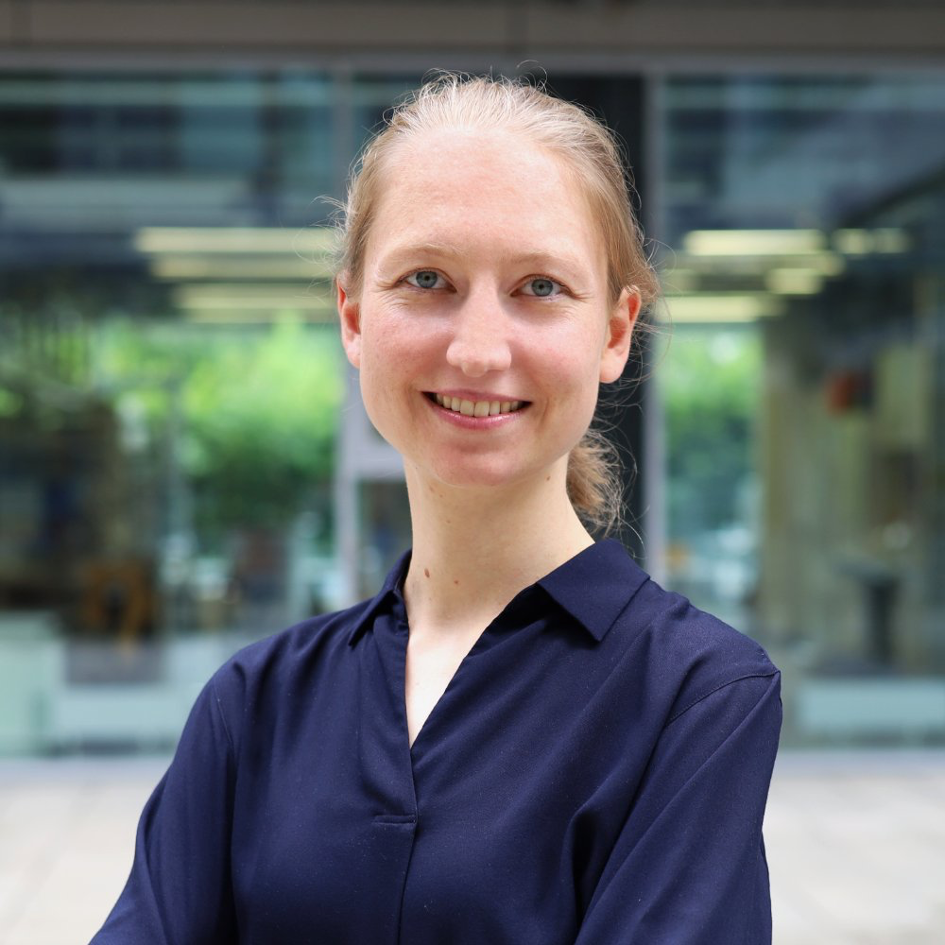
My research group aims at developing life-like and energy-autonomous soft matter systems in a bottom-up approach. The key philosophy of our research is that sustained and autonomous life-like material functions rely on constant internal fluxes of energy and matter that are coordinated by an informational subsystem encoded in the material. Thus – just as in living cells – we engineer soft material systems with minimal metabolic pathways. Our major research focus is on building synthetic cells and neuro-mimetic materials from membrane proteins. For this we combine expertise from systems chemistry, synthetic biology and soft matter nanoscience.
Visit Laura‘s website to find out more!
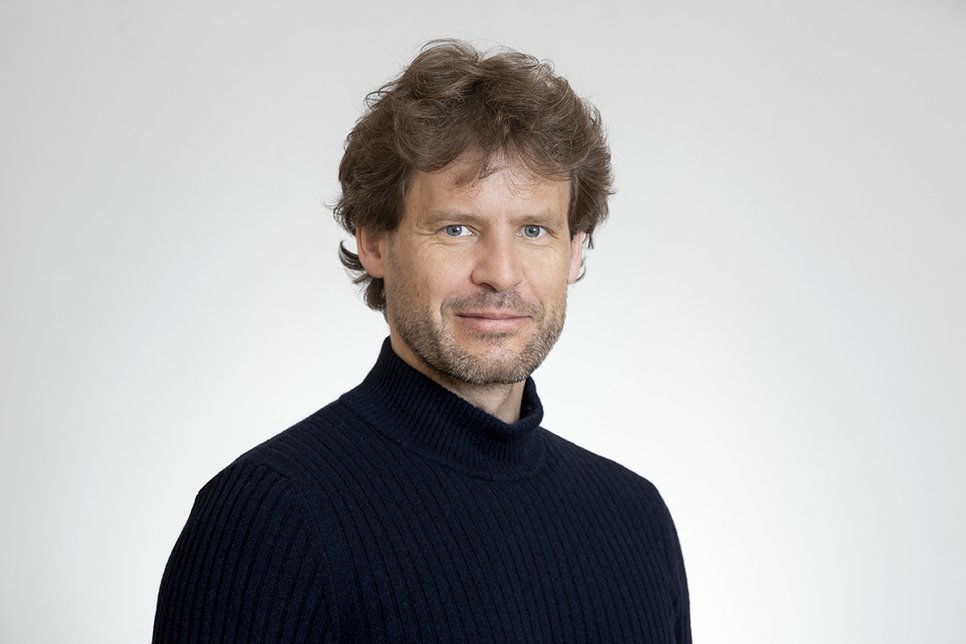
My research explores the development of biohybrid systems that integrate functional materials, photonic components, and biological matter to realize lifelike functionalities. By combining nanoscale photonic engineering with biological interfaces, we aim to create platforms capable of sensing, processing, and responding to environmental stimuli in a controlled and adaptive manner. This includes the fabrication of optically addressable interfaces for neural stimulation, the use of organoid models for studying complex biological processes, and the implementation of automated, machine-learning-supported production pipelines.
Visit Wolfram’s website to find out more!
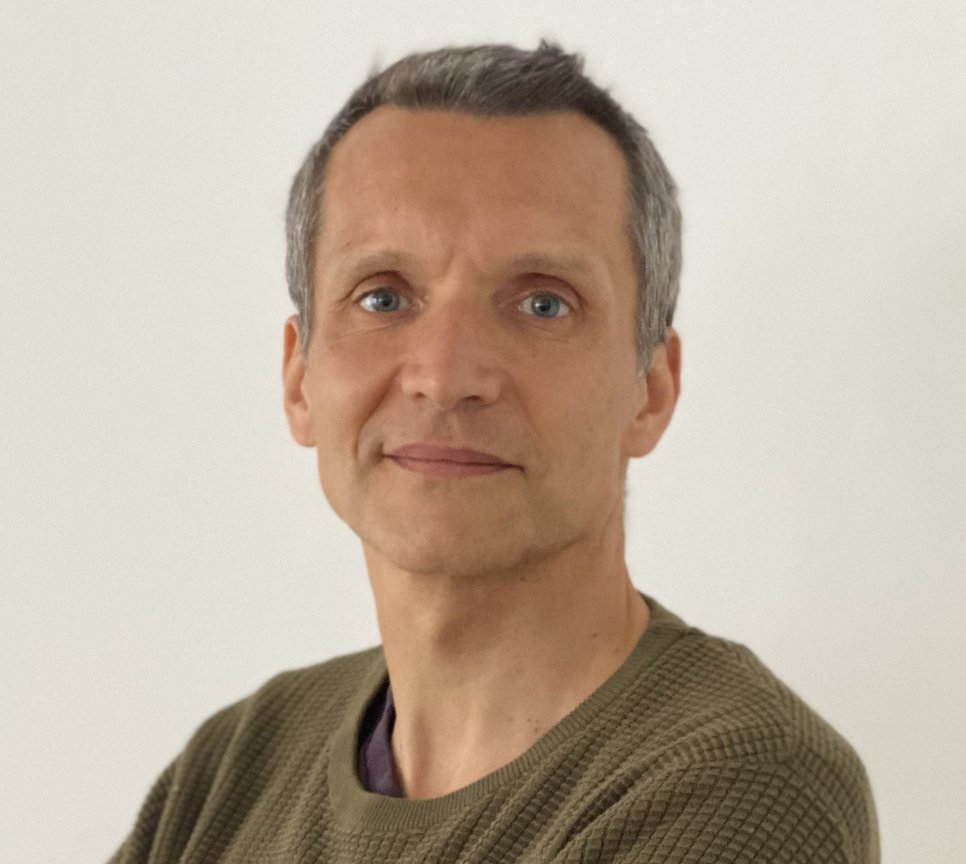
This mechanical coupling, which enables cells to sense, signal, and respond to physical changes in their environment, is essential for understanding fundamental biological processes and the development of pathological conditions. In this context, we investigate the interplay between adhesion, mechanical forces, and biochemical signaling in enabling living cells to adapt to physical changes in their environment across multiple scales—from molecules to tissues. By combining live cell imaging, microfabrication and micro mechanical tools, our research focuses on single and collective cell migration, as well as on mechanisms underlying cell extrusion, invasion, and competition.
Visit Benoit’s website to find out more!
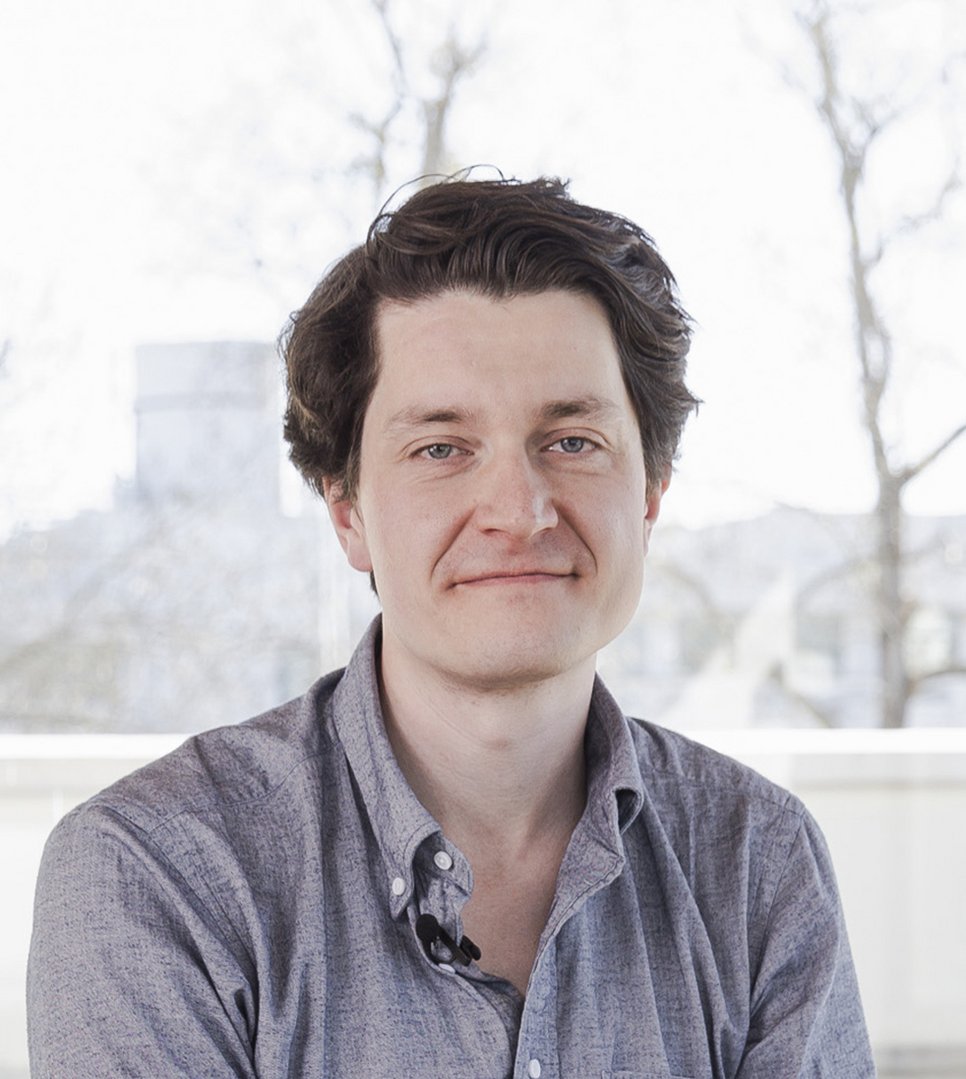
Our lab works at the intersection of de novo protein design, deep learning and fundamental biophysics of protein function, doing both computational design and wet lab biophysical characterization. We aim to deconstruct biological function by reconstructing such function de novo. Using deep learning-based protein design, we construct new-to-nature proteins free from evolutionary constraints, that incorporate desired functions ranging from enzymes to mechanically stable protein assemblies and interactions - building blocks for matter to life.
Visit Lukas’ website to find out more!
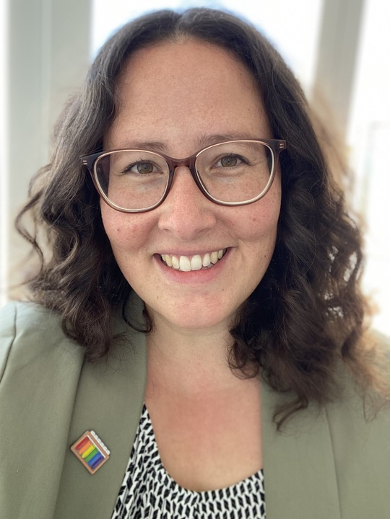
As a bioinorganic chemist with expertise in lanthanides (Ln) in biology as well as transition metal ions such as iron, copper and zinc, I bring a new unique skill set to the Max Planck School Matter to Life. Metals are essential for all living organisms. Their interactions with different ligands enable thousands of different functions with just one type of metal ion, shaped significantly by its coordination chemistry environment. Ln are essentially a blank slate and overlooked in matter to life context, but possess unique electronic and spectroscopic properties that can be harnessed to probe, manipulate, drive and understand complex processes — and, they are abundant on Earth.
Visit Lena’s website to find out more!
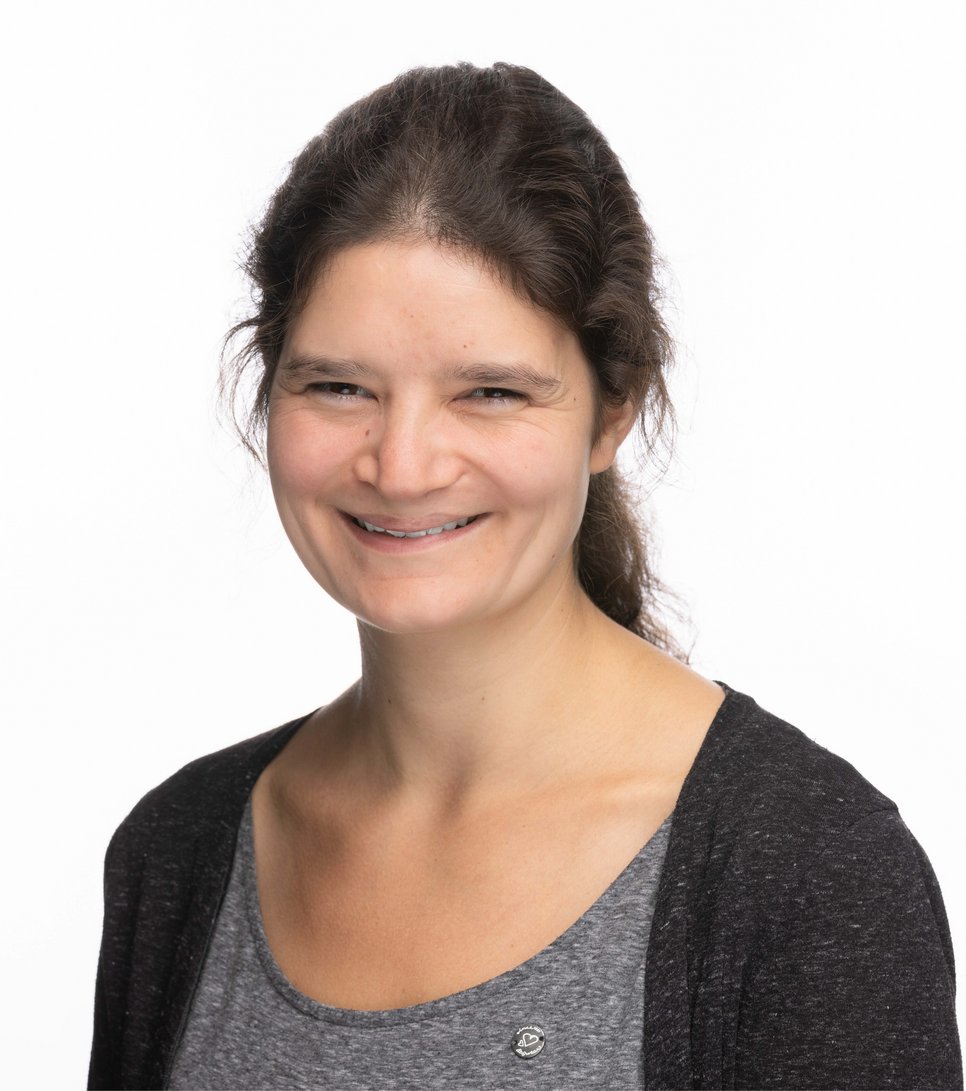
My group’s research focuses on understanding how complex and noisy biological system can function robustly in varying environmental conditions. We are particularly interested in the role of feedback, critical points and dynamical bifurcations for function, and how systems with many degrees of freedom can be characterized by much lower-dimensional coarse-grained features and properties. As theorists, we use tools from Statistical Physics, Nonlinear Dynamics, and Information Theory, and are very eager to collaborate with experimentalists working on similar questions from a different point of view.
Visit Isabella’s website to find out more!
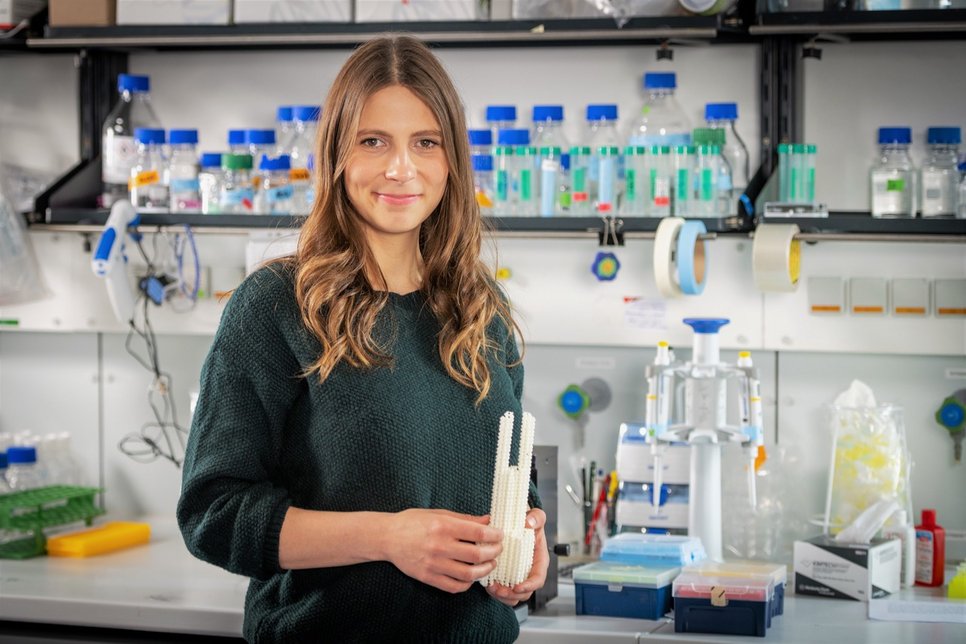
Our research employs DNA nanotechnology and single-molecule fluorescence microscopy to unravel the intricate details of molecular processes at the single-molecule level. We develop novel biosensors, DNA nanodevices, and long-lived fluorescent labels to precisely manipulate and visualize fundamental biological interactions. By combining these tools with super-resolution imaging, we aim to understand and enhance the stability, addressability, and functionality of nanoscale devices, thereby increasing their robustness and reliability in complex biological environments.
Visit Viktorija’s website to learn more!
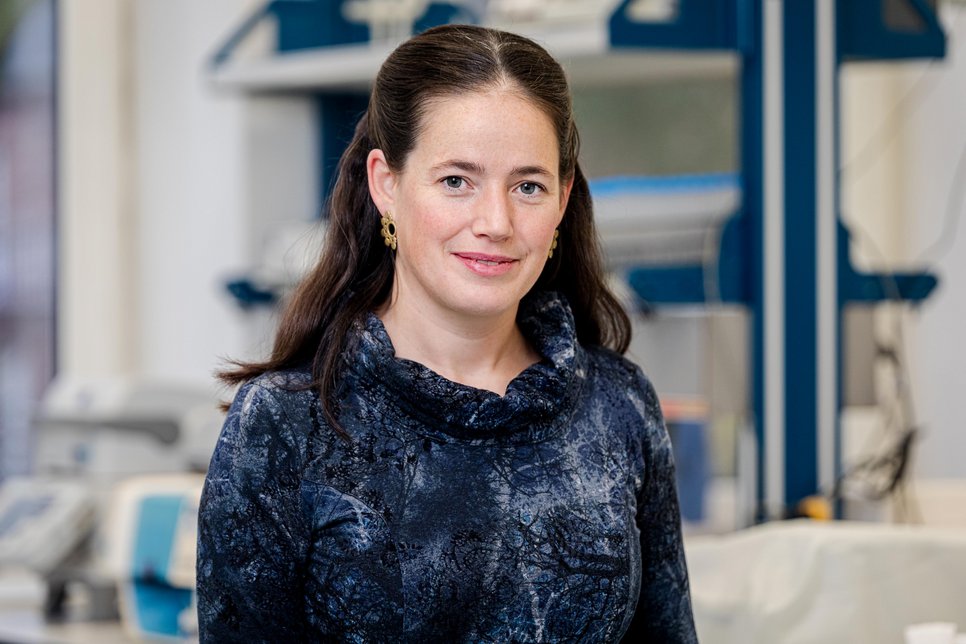
Our group investigates cellular functions that emerge from the spatial and temporal inhomogeneity of biochemical processes using synthetic cell models. To achieve precise spatiotemporal control, we employ photoswitchable proteins and optogenetic tools to regulate processes such as protein localization, cell adhesion, and intercellular communication with light. By integrating complementary approaches in synthetic, bacterial, and mammalian cells, we explore fundamental principles of cell biology and develop new to nature functions.
Visit Seraphine’s website to learn more!
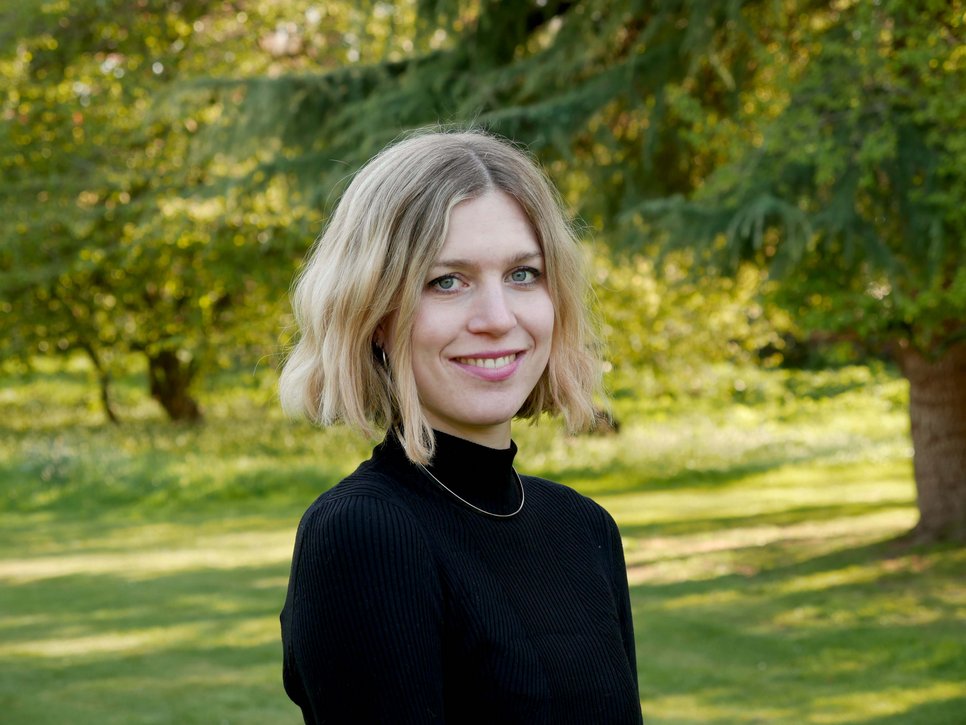
In my research, I integrate stochastic thermodynamics and control theory with concepts from statistical mechanics and nonlinear dynamics to advance our theoretical understanding of nonequilibrium systems. I focus on the energetic properties of collective dynamical states and on thermodynamic aspects of information processing. A further line of my work addresses the optimal control of fluctuating nonequilibrium processes, with the aim to lay the foundations to clarifying the energetic efficiency of observed phenomena. I am very keen to explore applications and work on narrowing the gab between abstract theoretical frameworks and realistic biological systems.
Visit Sarah’s website to learn more!
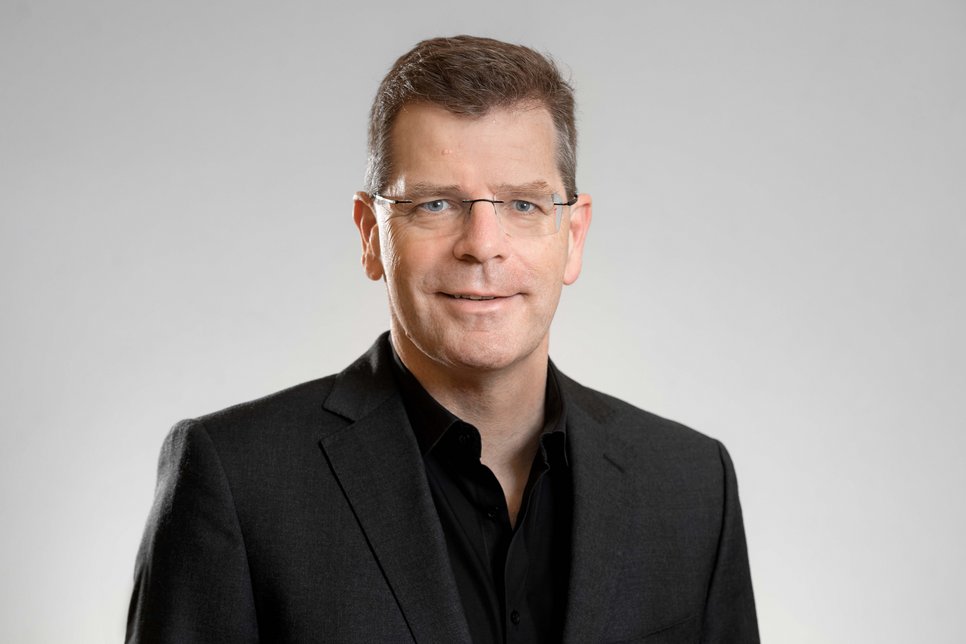
The oxidation and spin state of metal ions are of outmost relevance to function in proteins so that their experimental access in metalloproteins is a key to understand biomolecular processes. We contribute to the MtL School by sophisticated magnetic spectroscopies and magnetochemistry to elucidate electronic states and support understanding of function in metalloprotein, biomimetic and radical systems. Within MtL we will tackle the particular challenges of studied biological and biomimetic materials which cannot be solved by a pure physics team.
Visit Rüdiger’s website to learn more!
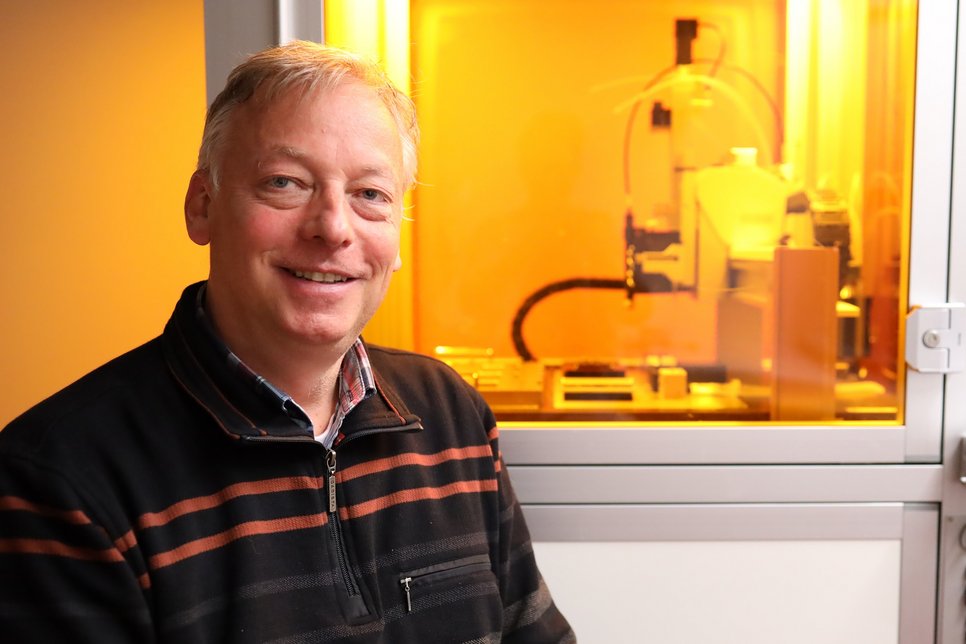
Our research group is interested in developing micro-, nano- and molecular systems to efficiently interact with living materials. We are working on new experimental techniques, including ultrasound for neuromodulation, sonogenetics and tissue engineering. Progress in these endeavors promises efficient ways to deliver therapeutics across biological barriers, such as the blood-brain-barrier, and ways to control neuronal processes deep inside the brain, as well as direct the growth of cellular structures. The group also has a long-standing interest in nanorobotic systems and their use to probe the microstructure of tissue and as nano-vehicles to deliver genes. Another focus are active matter systems, microswimmers and nanomachines.
Visit Peer’s website to learn more!
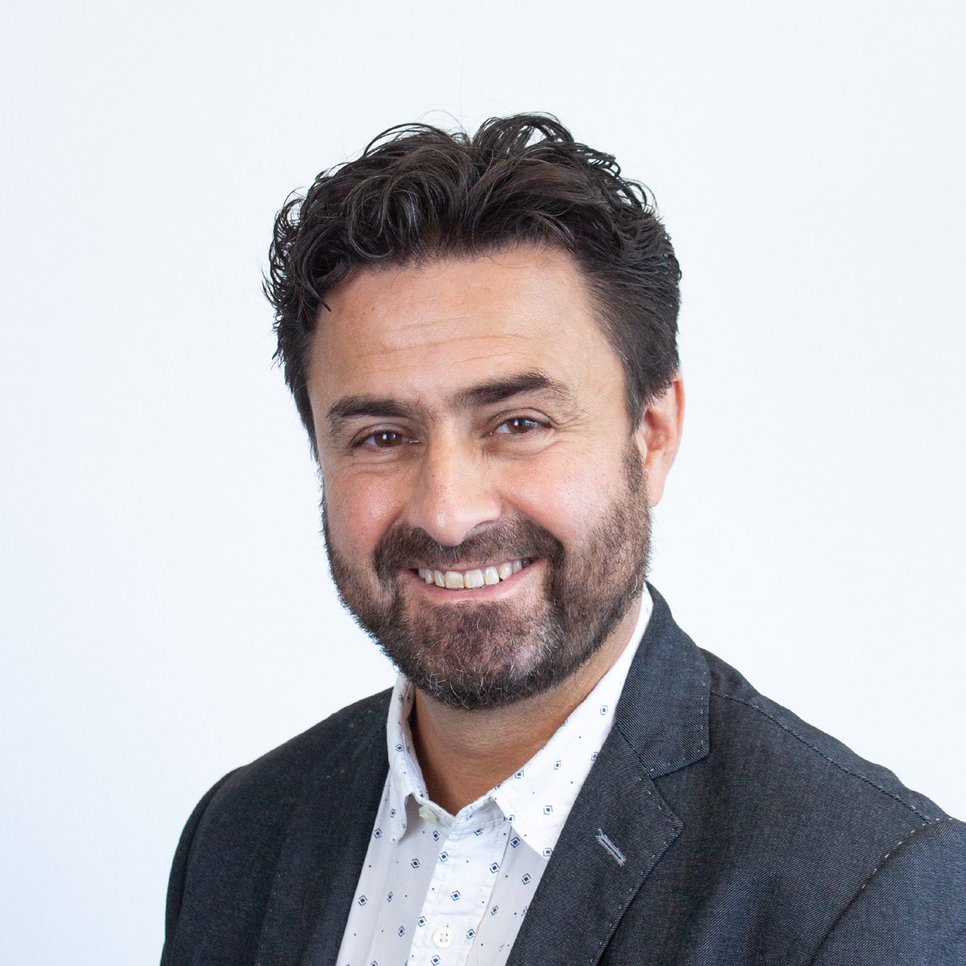
MOLIT Institut in Heilbronn and Visiting Scientist at EMBL in Heidelberg
Our group studies experimentally tractable in-vivo and in-vitro models of human cancer. We have established organotypic 3D cell culture systems/organoids from mouse and patient tissuethat allow molecular analysis during different tumor stages and testing of new therapeutic hypotheses in a readily accessible culture setting. The combination of genomics, metabolomics with histo-pathological analysis permits to get a clue on the molecular mechanism by which tumor cells survive treatment, survive as minimal residual disease (MRD) and can switch from dormancy to relapse. We also utilize longitudinal live cell imaging to follow drug treatment over time and visualize clonal selection within the tumor organoid.
Visit Martin’s website to learn more!
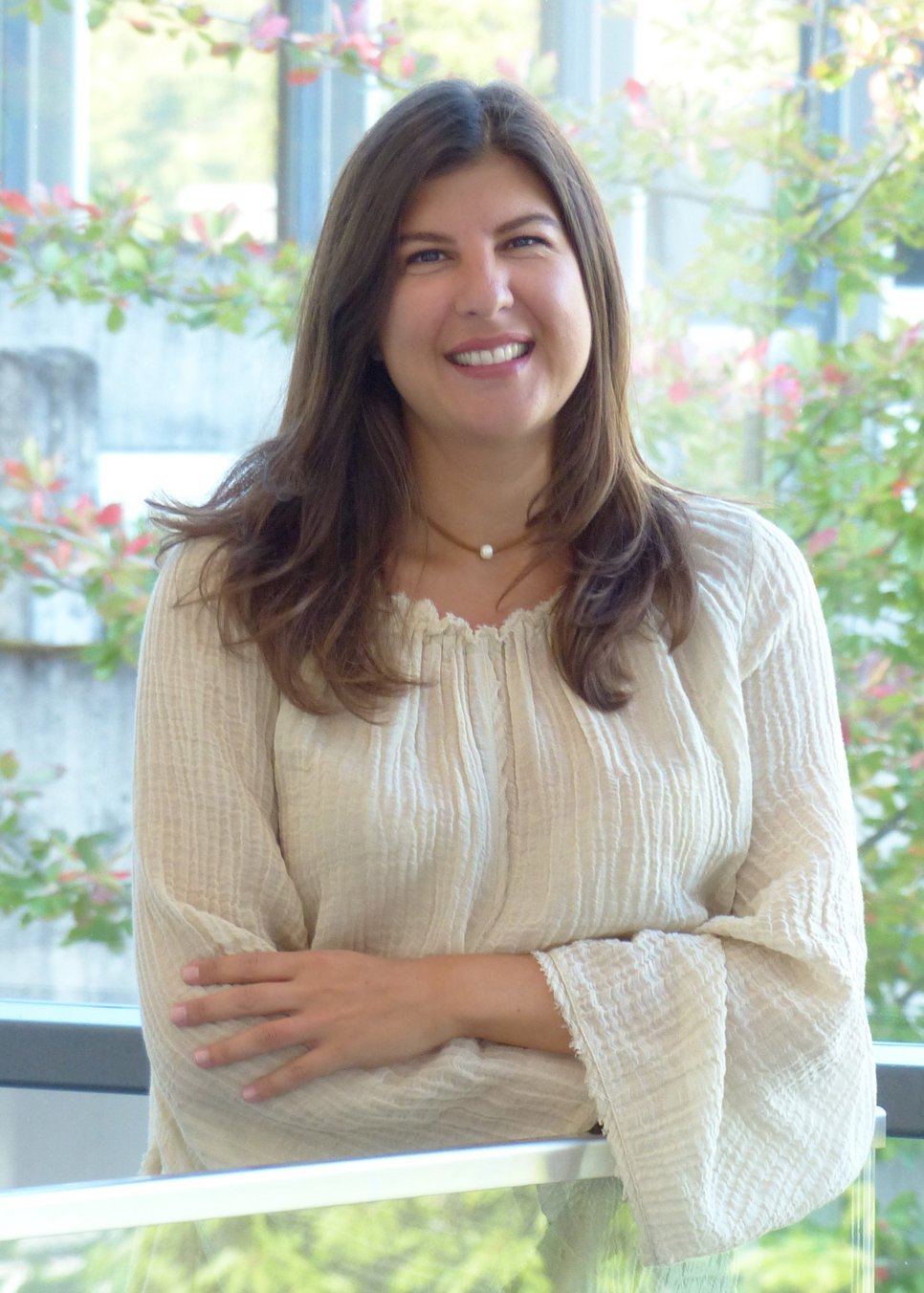
Our lab advances biofabrication technologies and develops bioinks for the engineering of tissues and organs, with a focus on understanding their influence on the structure, function, and behavior of living systems. We apply these strategies in vitro, in situ, and in vivo to investigate synthetic alternatives to human cells, study cellular growth and organization in three-dimensional environments, and design functional 3D tissue models that replicate physiological and pathological conditions. By integrating principles of biology, materials science, and engineering, we aim to create advanced constructs that drive innovation in regenerative medicine.
Visit Daniela’s website to learn more!
